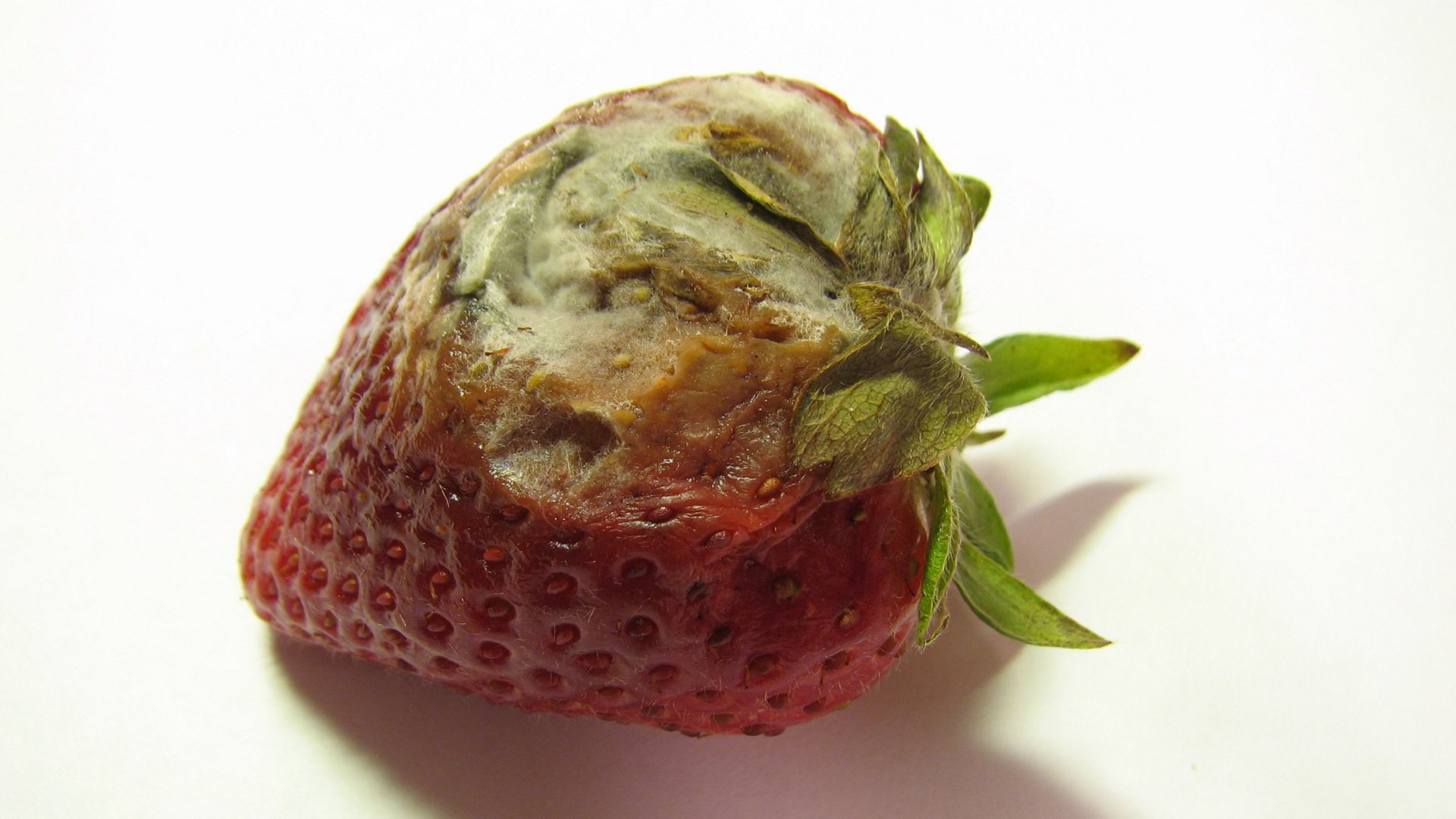Everything that lives eventually dies, but don’t be sad, microbes help to free up the building blocks of life again. They are the perfect recyclers!
Everything that lives eventually dies, but don’t be sad, microbes help to free up the building blocks of life again. They are the perfect recyclers!
The circle of life
Rot is an essential process in the circle of life. Dead organisms or parts thereof are broken down step by step by microbes, until only the smallest building blocks of life remain. These building blocks can then be used by all kinds of organisms again to form more complex substances. The microbes that feed on the organic matter of other organisms are heterotrophic. The speed of the rotting process is mostly determined by the humidity and temperature of the surroundings. Something that is in a hot, damp space will rot more quickly than when it is kept in the fridge. This is because the decomposing microbes will grow faster and more abundantly in warm and humid conditions.
Fixed sequence
However, the type of organic material also plays a role in the speed by which something will rot. The softer parts of a fish will for instance rot away much more quickly than the harder parts such as teeth and bone. This difference is explained by the amount of energy that it costs to break up a substance, and the amount of energy that can be gained from it. The less energy is freed up by decomposition of the substance, the more specialized the microbes need to be. Some microbes are so well-adapted, they can still gain some energy from even the hardest organic materials.
Would you like to see the rotting process with your own eyes? Visit the exhibit ‘Crucial cleaners’ in Micropia.

